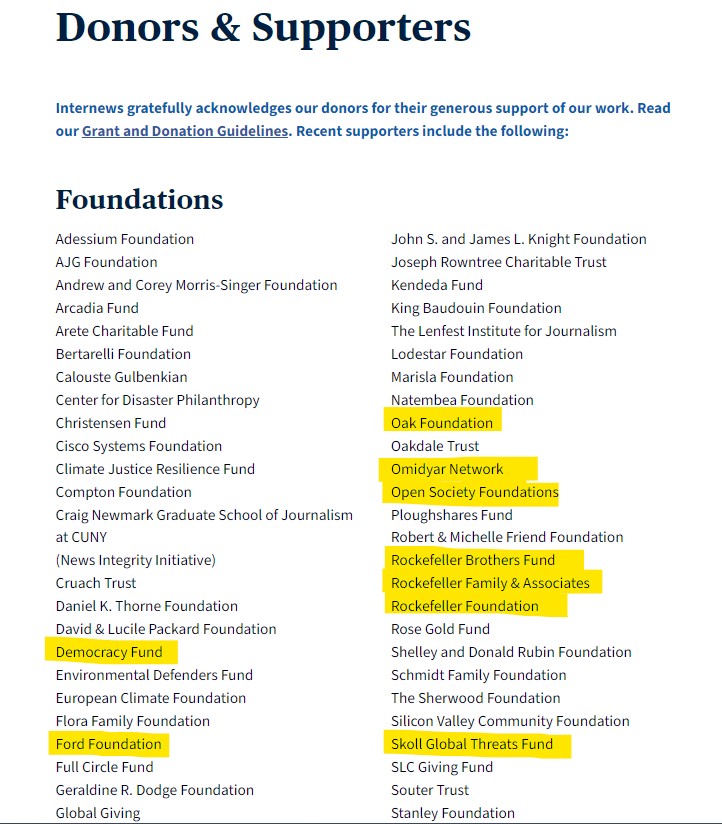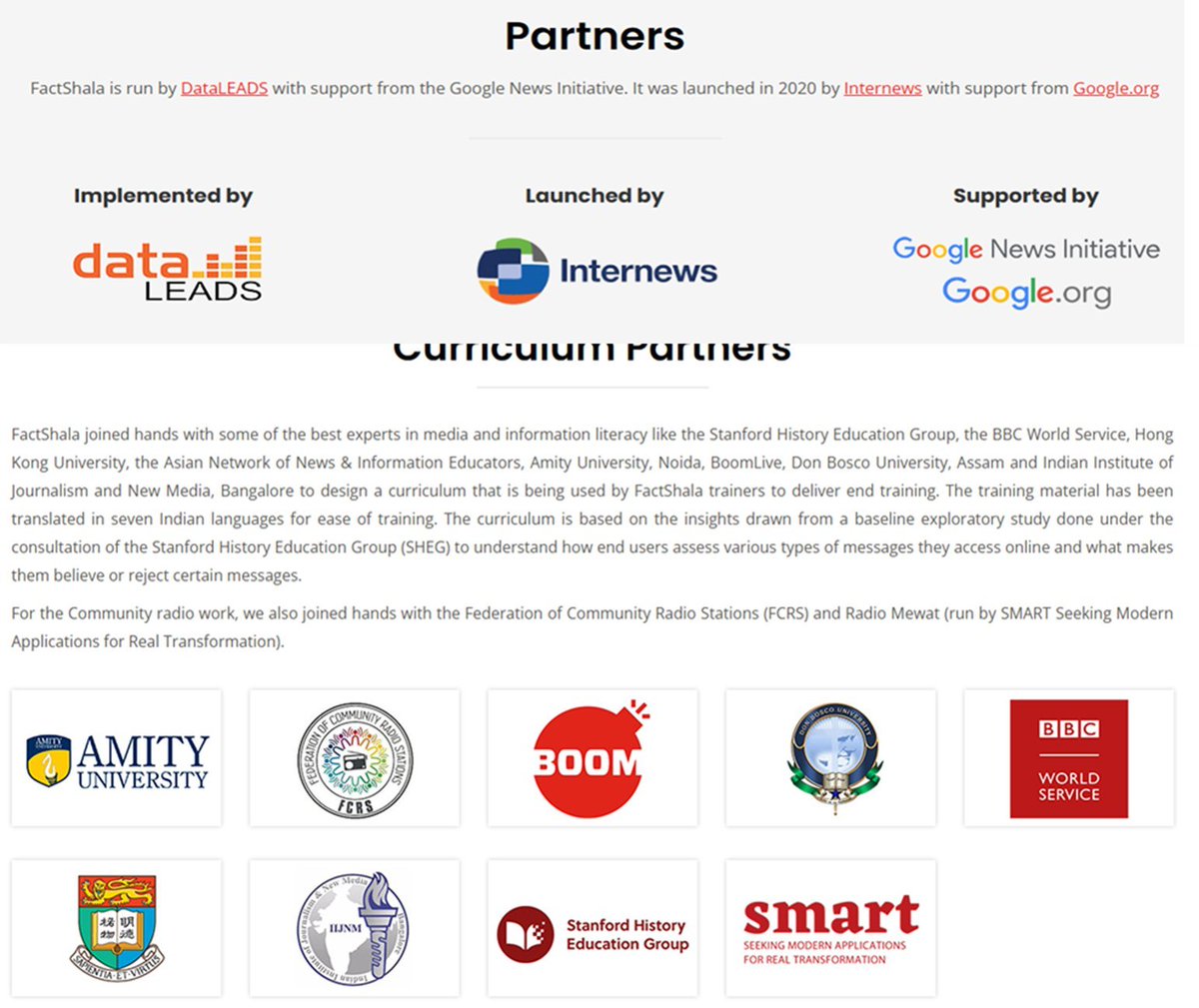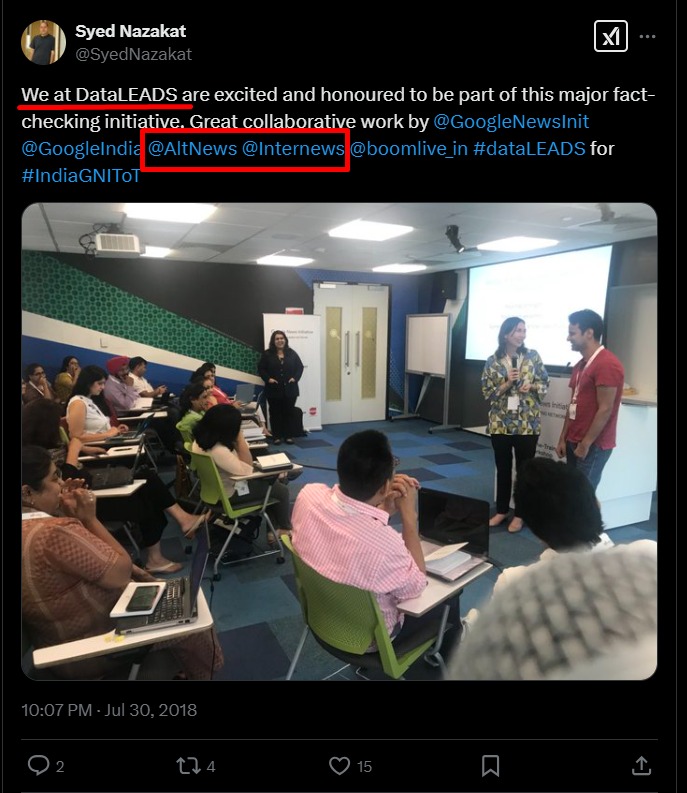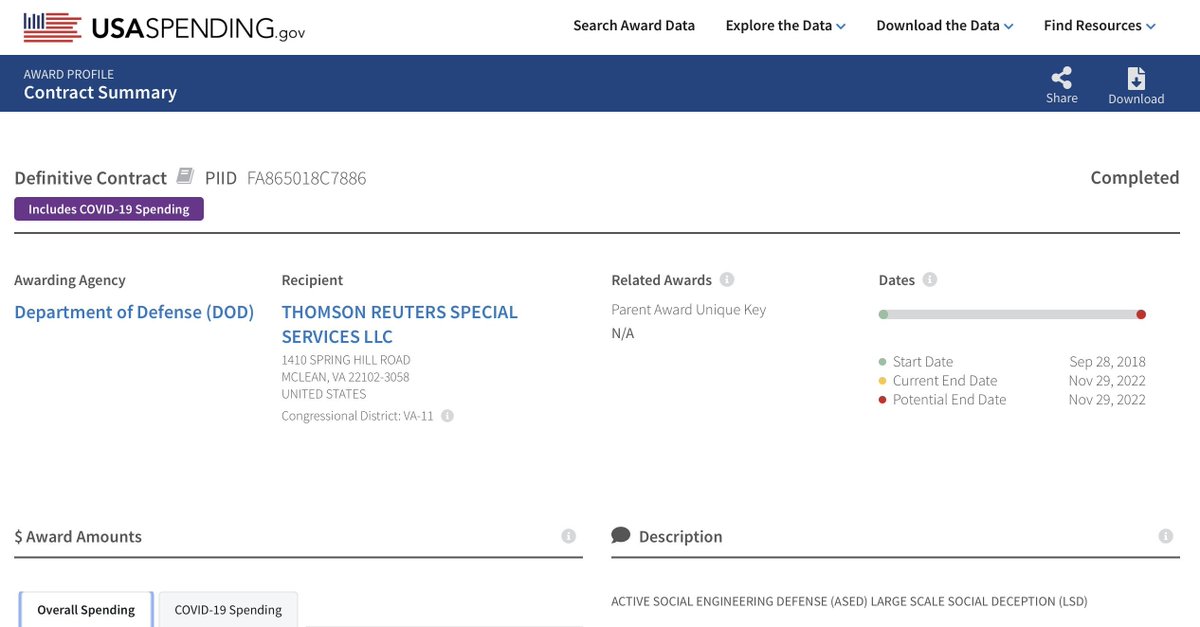The US actually banned RT, nothing effective about it.
Interesting that Wikipedia considers BBC, a state run propaganda org, to be reliable. Same with Al Jazeera.
@m_saini gaaru, in STEM areas, it certainly is one of the best educational tools. My goto site for references if I need to understand something in CS/Math. There are a lot of links to free PDFs, course material, even text books, etc. I am sure you also know that you being in STEM yourself.
Maybe not. Wikipedia makes the underlying software available for free for others to use. The content is free as well. If there's enough interest, a copy of Wikipedia with the same content can be run out of India.
Would they share the content if India puts restrictions on them?
1. Katherine Maher: President and CEO of NPR. She was recently in news due to some controversy.Maryana Iskander (/ˌmæriˈænə ɪˈskændər/ MARR-ee-AN-ə isk-AN-dər;[1] Arabic: ماريانا إسكندر; born September 1, 1975)[2] is an Egyptian-born American social entrepreneur and lawyer. In 2022, she became the chief executive officer (CEO) of the Wikimedia Foundation, succeeding Katherine Maher. Prior to her position, Iskander was the CEO of the Harambee Youth Employment Accelerator and a former chief operating officer of the Planned Parenthood Federation of America in New York.
Early life and education
Maryana Iskander was born in Cairo, Egypt, where she lived before emigrating to the United States with her family at the age of four. Her family settled in Round Rock, Texas.[3] Iskander matriculated at Rice University on a Harry S. Truman Scholarship, graduating with a B.A., magna cum laude, in sociology in 1997.[3][4]
In 1999, Iskander obtained her M.Sc. from Trinity College, Oxford, as a Rhodes Scholar,[3] where she founded the Rhodes Association of Women. Afterward, she enrolled at Yale Law School, graduating with a J.D. in 2003.[3]
...
I quickly scanned the 2022/2023 one. It is quite short. They seem to run a tight ship. Their financial management is very good or so it seems to my untrained eye.The Foundation summarizes its assets in the "Statements of Activities" in its audited reports. These do not include funds in the Wikimedia Endowment, however expenses from the 2015–16 financial year onward include payments to the Wikimedia Endowment.[119]
...
(PDFs are downloadable)
...
Completely agree yep! They're a great resource for anything STEM related. Even for humanities, they have some really nice articles/pages.Vayutuvan wrote: ↑12 Sep 2024 23:40 @m_saini gaaru, in STEM areas, it certainly is one of the best educational tools. My goto site for references if I need to understand something in CS/Math. There are a lot of links to free PDFs, course material, even text books, etc. I am sure you also know that you being in STEM yourself.
Vaya ji, the entire content can be scrapped by some bot, you don't need any permission. Currently google, bing, etc are scrapping content from bharat-rakshak on daily basis. As for distributed DB etc, the current DPI/UPI India stack is using HBase big data key-value look up. Tis very fast and supports oodles of data storage. You don't want RDBMS like PostgresQL since it is not optimized for document storage. Wikipedia is document storage architecture. Even if you use PostgresQL it will be the location of storage in RDBMS. Wikipedia content is html file and some images. Images are best stored elsewhere on a file share and served by edge servers.Vayutuvan wrote: ↑13 Sep 2024 03:59 AFAIK, if you want to replicate entire Wikipedia database, you need special permission from someone, probably WMF. It is an issue with bandwidth. Anybody who wants to download would have to pay for the download costs. AFAIK, Mediawiki software doesn't support a distributed wiki server. The database itself can be distributed for sure (one of the options is PostgresQL which can be setup as a DDBMS).
Changes can be synced on a daily basis. High frequency is not really not that important. Then we localize. It is an interesting software problem though.
Agree. There are two ways to deal with it. One is for the govt and other is for the citizens. Govt must do its part in fining them heavily. There are so many of violations. Take the instance the Maps in Wikipedia. What is visible to Indians are all distorted maps. Govt can issue a hefty fine with the order to correct all maps as per Indian law and non-compliance within a specific time, put more fines. 1000x times collected from Indians as fines. Their source of keeping it running are mostly from shady sources. Let them money flow to Indians. Another is them restricting news sources which are not banned or blocked by Indian govt or Indian law. So another source of fines and this can keep going every now and then. Also Indian citizens need to get in and keep editing, arguing, debating. The Admins will remove the content, they don't want for sure. But make it a nuisance for them every now and then. Turn the tide with group of editors and even grouping of editors even from BRICS grouping or so on, if we could forge such groupings and make presence felt.Vayutuvan wrote: ↑12 Sep 2024 23:34True with that 99.99% part. I went looking for who are all on the unreliable list and this came up. I agree with milder regulation like a banner coming up on the top. Wikipedia has some very good parts, especially in the STEM area. I know that it is very good in Computer Science and Mathematics areas. It would be a big loss if the whole of Wikipedia gets banned in India.uddu wrote: ↑12 Sep 2024 11:15 The Funny part is they are collecting money as donations from Indians and using the same money to go against Indians with 0 repercussions. They are the Judge Jury and Executioner of which and all newspaper and articles that are considered banned. Articles or publications that are not banned by Indian courts and with no restrictions are not allowed in Wikipedia.
The other alternative, of course, as I suggested is to data mine all the talk pages, meta wikis, templates, and then analyze them for bias. Something similar to what Sankrant Sanu did with Encarta but on a larger scale using better tools/ML/AI.
Kama MacLean – an Indologist who has published articles on the Kumbh Mela predominantly based on the colonial archives and English-language media,[53] states based on emails from other scholars and a more recent interpretation of the 7th-century Xuanzang memoir, the Prayag event happened every 5 years (and not 12 years), featured a Buddha statue, involved alms giving and it might have been a Buddhist festival.[54] In contrast, Ariel Glucklich – a scholar of Hinduism and Anthropology of Religion, the Xuanzang memoir includes, somewhat derisively, the reputation of Prayag as a place where people (Hindus) once committed superstitious devotional suicide to liberate their souls, and how a Brahmin of an earlier era successfully put an end to this practice. This and other details such as the names of temples and bathing pools suggest that Xuanzang presented Hindu practices at Prayag in the 7th century, from his Buddhist perspective and perhaps to "amuse his audience back in China", states Glucklich.[49]
Swara Bhaskar’s X Account Permanently Suspended
This is not true. There is now a weight limit on an X account. On account of her recent changes 2 new accounts will be released to her!chetak wrote: ↑31 Jan 2025 20:52Swara Bhaskar’s X Account Permanently Suspended
https://timesofindia.indiatimes.com/ind ... 760594.cms
















The 'Kin' part is the chink

In Tulsi, a village in central India, social media has sparked an economic and social revolution.
Just think what impression an average busy person will get from this tweet?A BBC article explaining that around 1 billion Indians have no money to spend is going viral. I've shared this data many times. Only 10% Indians move and also benefit from the economy. The next 10% have aspirations but struggling. Life is a living hell for the balance 80%.
I'm not very optimistic about future of our people. The growth is deepening and not widening. The top 10% is only growing.
800 million people in the country cannot even survive but for the monthly free food grains provided by the government.
UPA 2 and three terms of Modi has killed the aspirations and growth potential of the nation. Opportunity loss for one entire generation when youth population has been peaking.
We can only weep for India and Indians.